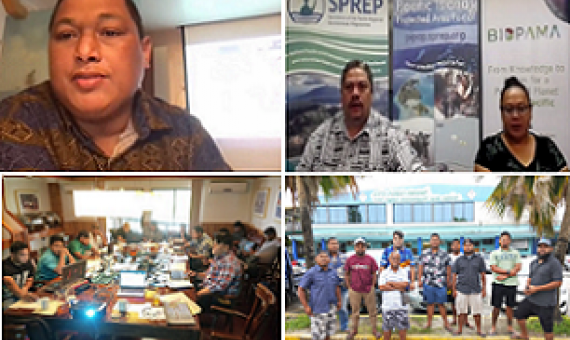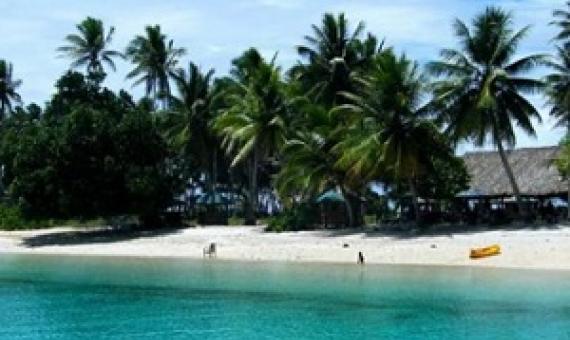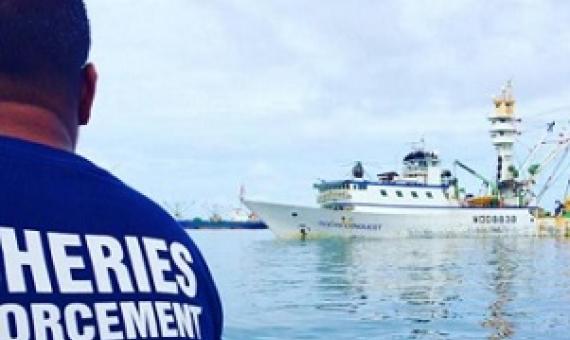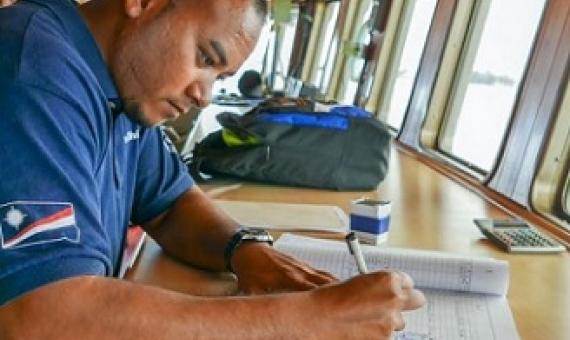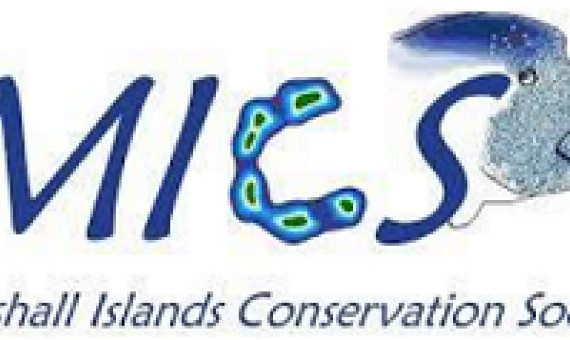Protected area practitioners and stakeholders of the Republic of the Marshall Islands (RMI) are now equipped with the skills to produce basic maps of protected and conserved areas following an online, virtually delivered training on the upgraded tools and features of the Pacific Islands Prot
Marshall Islands' National Biodiversity Strategy and Action Plan
The purpose of this Biodiversity Strategy and Action Plan (BSAP) is to Assist the Marshall Islands to Plan for the Conservation of its biodiversity and for in the sustainable use of its biological resources. This is the first time that such a strategy and action plan has been formulated for the country. It provides an opportunity for the government of the Republic of the Marshall Islands to integrate principles of sustainable resource management and biodiversity conservation into the national development planning processes.
Reimmanlok - Marshall Islands' National Conservation Area Plan
Global biodiversity loss is rapid and ongoing. International efforts are redoubling as the international community realizes the importance of biodiversity in maintaining our life support systems. In 2004 Parties to the Convention on Biological Diversity committed to have effectively conserved at least 10% of marine and coastal ecological regions globally by 2010. Micronesian leaders responded to this commitment, and have taken this one step further by committing to effectively conserve 30% of nearshore marine and 20% of terrestrial resources by the year 2020.
In response to a directive from Congress, the Department of Energy released a report this week assessing the risks of a 50-year-old cracking and crumbling concrete nuclear waste repository in the Marshall Islands, but the findings did little to ease the concerns of Marshallese leaders in the Cent
US Department of the Interior Assistant Secretary, Insular and International Affairs Douglas W.
Jaluit Atoll Background Report Environmental Resource Management Plan
The goals of the Jaluit Atoll Environmental Resource Management Plan (ERMP) are to provide all stakeholders with a framework to guide environmental resource management initiatives that will assist the community to maintain healthy marine and terrestrial environments for current and future generations. The options set forth in the ERMP are specifically designed to promote and empower all communities to actively participate in the protection of the atoll’s valuable resources, while allowing for sustainable use.
There is a lot written by many fisheries organisations in the world about the port state measure (PSM),...Yet, operationally, for a country, the whole point of PSMs is to avoid the use of its ports for the unloading of fish caught in illegal, unreported and unregulated (IUU) fishing operations by
The MICS is seeking a self-driven, accountable, creative problem solver to serve as Executive Director.
Atolls – the “biodiversity cool spots” vs hot spots: a critical new focus for research and conservation
This paper highlights the seriousness of the “biodiversity crisis” on atolls and the need to place greater research and conservation emphasis on atolls and other small island ecosystems. It is based on studies over the past twenty years conducted in the atolls of Tuvalu, Tokelau, Kiribati, the Marshall Islands and the Tuamotu Archipelago of French Polynesia. It stresses that atolls offer some of the greatest opportunities for integrated studies of simplified small-island ecosystems.
Biodiversity Strategy and Action Plan, 2000
Biodiversity strategy 2000

